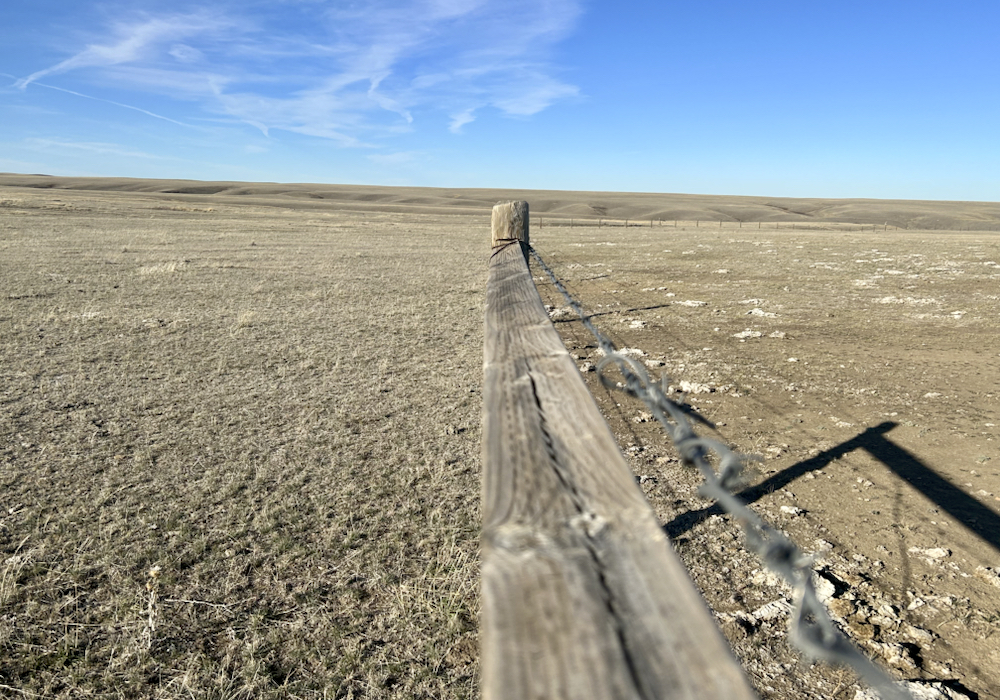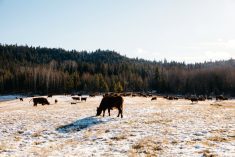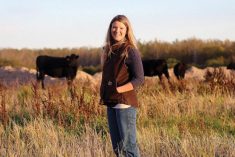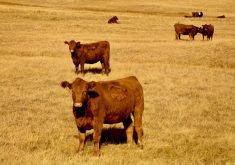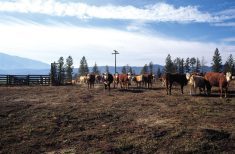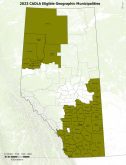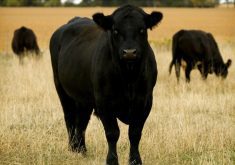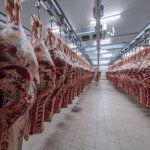Glacier FarmMedia – Even by the standards of her drought-prone region, the past year has been the worst for moisture since 1949 on Jesse Williams’s ranch in Alberta’s Special Area No. 2.
“It wasn’t a fun year,” said the Whiskey Creek Ranch owner. “Of the worst 10 droughts in history for my township, I’ve been lucky enough to be ranching through four of them in the last 10 years.”
The ranch is in the Palliser Triangle, a region running in Alberta from Lethbridge in the west to north of Hanna, and stretching east to Moose Jaw, Sask., that is generally known as the driest on the Prairies. The region struggled over the most recent growing season, with many areas barely receiving 100 millimetres of rain.
Read Also
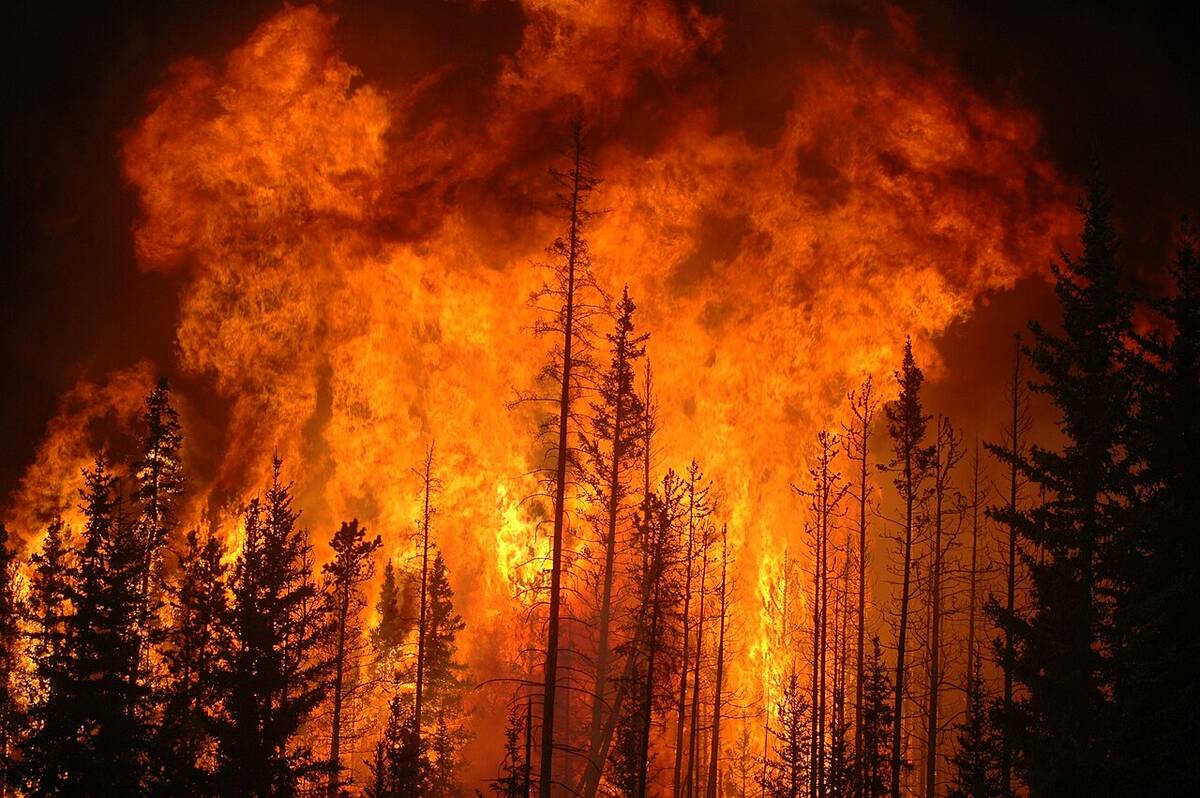
YEAR IN REVIEW: 2025 a year of weather extremes
Wildfires, drought and flash floods, oh my! Looking back at 2025’s headline-grabbing event in Canada and around the world.
For Williams, whose ranch is near Hanna, the total was about 75 mm.
Williams is far from alone. A big chunk of Canada’s cattle country is in the throes of a once-a-generation drought. The risks emerging from that situation as producers struggle to winter animals was the subject of a recent Beef Cattle Research Council webinar, in which Williams presented.
The first order of business, she said, is to cull troublesome and less productive animals now.
“If you’ve got yearlings, get rid of those first. In the case of a cow-calf operation, remove the cows that are costing you money. If you remove the underperformers, you are going to improve your herd genetics and be in a more profitable stance to build a higher performing herd when the drought does break,” she said.
Producers should also do pregnancy checks and cull open cows, Williams added. The profitability isn’t there for those animals and disease could be the cause for lack of pregnancy.
Late-calving cows should also be considered as an option for early cull because they can lower average weaning weights for the herd.
If any cows in the herd pose safety risks, now is a prime time to rid yourself of the issue, Williams added.
Deliberate feeding strategies will be required to get the rest of the herd through the drought. A range of less familiar feed options may become available, but William warned that those sources have different nutritional values and can pose risks if the feed comes from less known sources.
That makes feed testing critical, she noted.
“What you feed your herd today will have an impact on your herd’s performance and bottom line tomorrow.”
Buyers should also know what pesticides were used on any salvaged crop, and when, before using it for feed.
The quality of water available to the farm, prevalence of weeds in baled feed and any possible contaminants from ditch hay should also be on the radar. Producers should also have weed control plans in place in case seeds hitch a ride in bales.
She used the example of a past drought in in south-central Alberta, when knapweed came in with feed imported from the United States.
“To this day, 23 years later, those producers are still struggling to contain those infestations.”
When it comes to ditch hay, far stranger hitchhikers might be aboard. Ditch hay can be contaminated with litter and there have been examples of car batteries poisoning cows.
“Any time you do ditch hay or anywhere like marginal lands like sloughs that you don’t normally harvest, I’d recommend walking them first. Know what your plants are. Identify whether there are any poisonous species of weeds and, especially with ditch hay, we see lots of garbage,” said Williams.
There is a positive aspect to dealing with drought.
“You will forever be more creative with your feeding strategy,” she said. “Desperation will breed innovation.”
The full webinar, “Drought: More than a Summer Challenge,” can be viewed on the BCRC webpage.
– Alex McCuaig is a reporter for The Western Producer.

